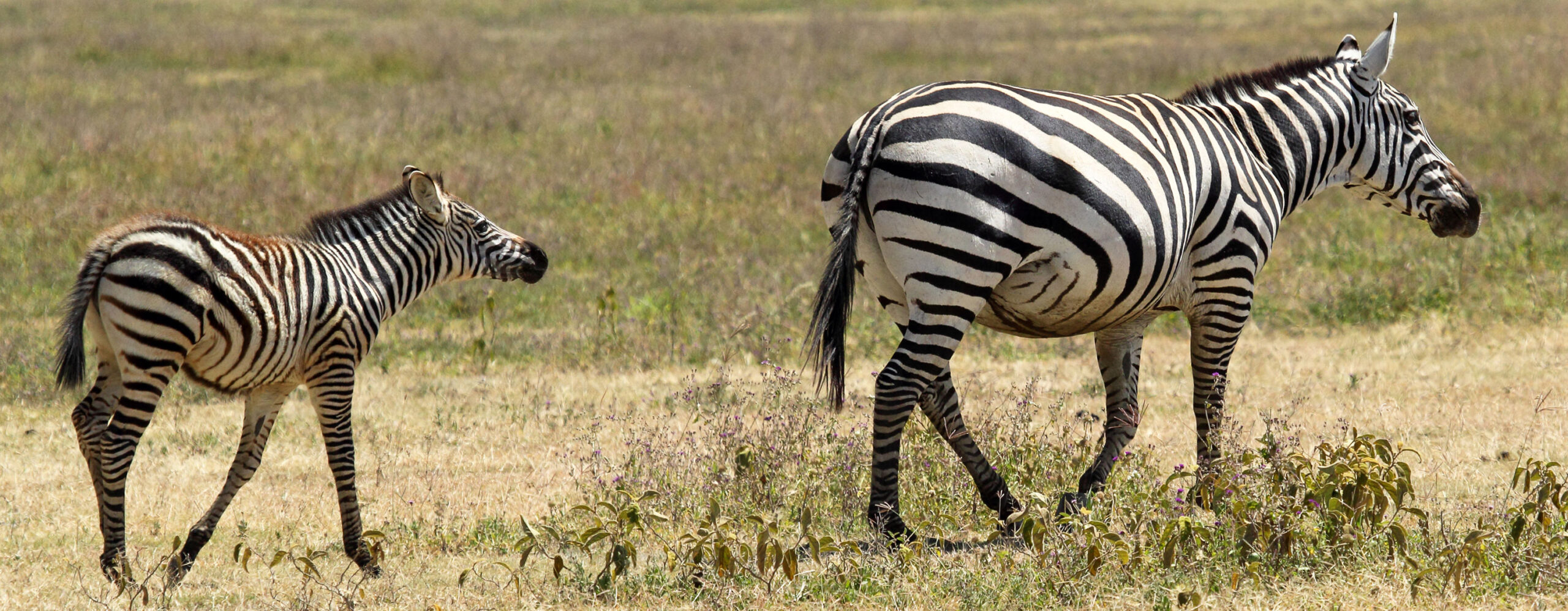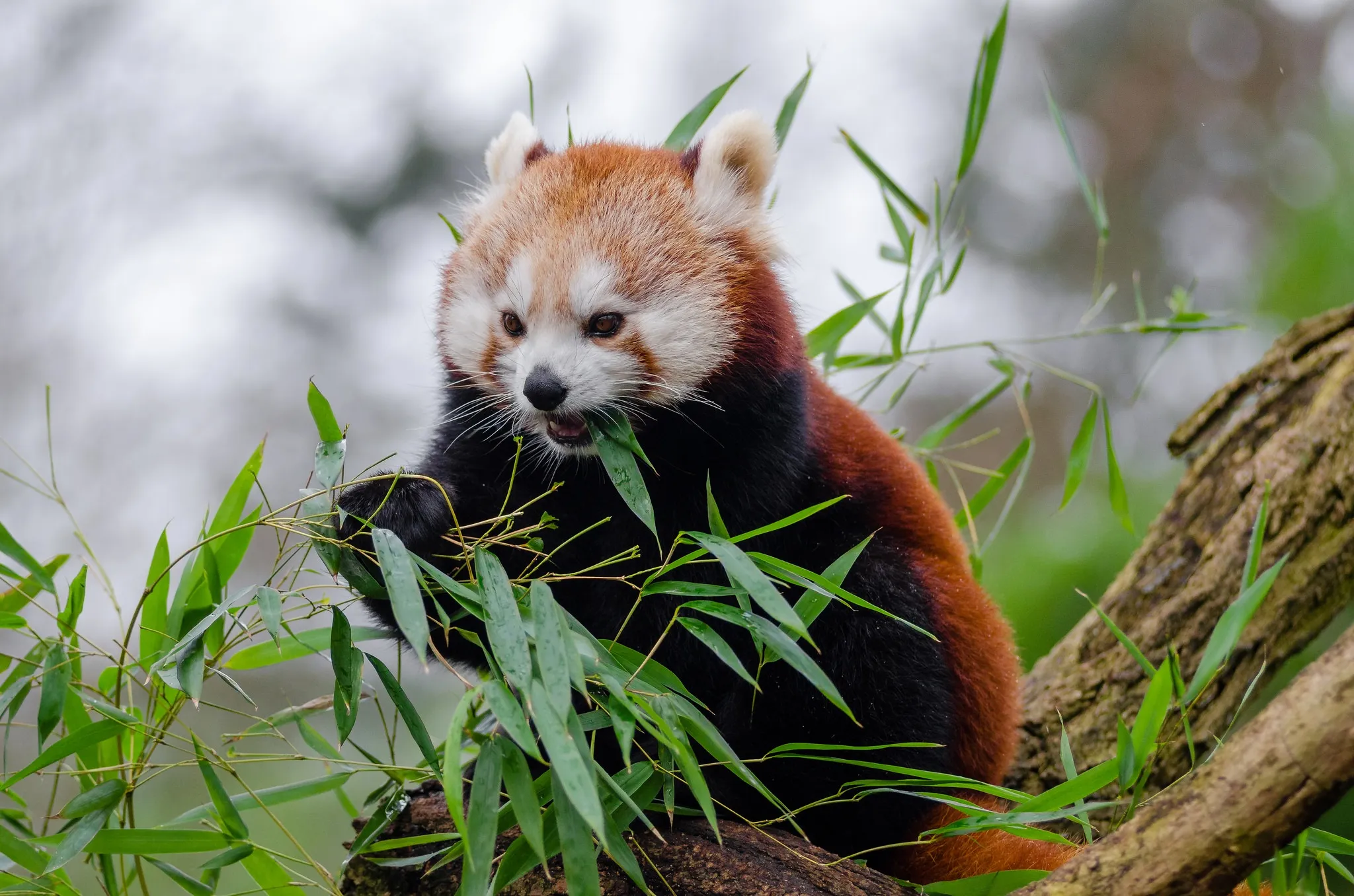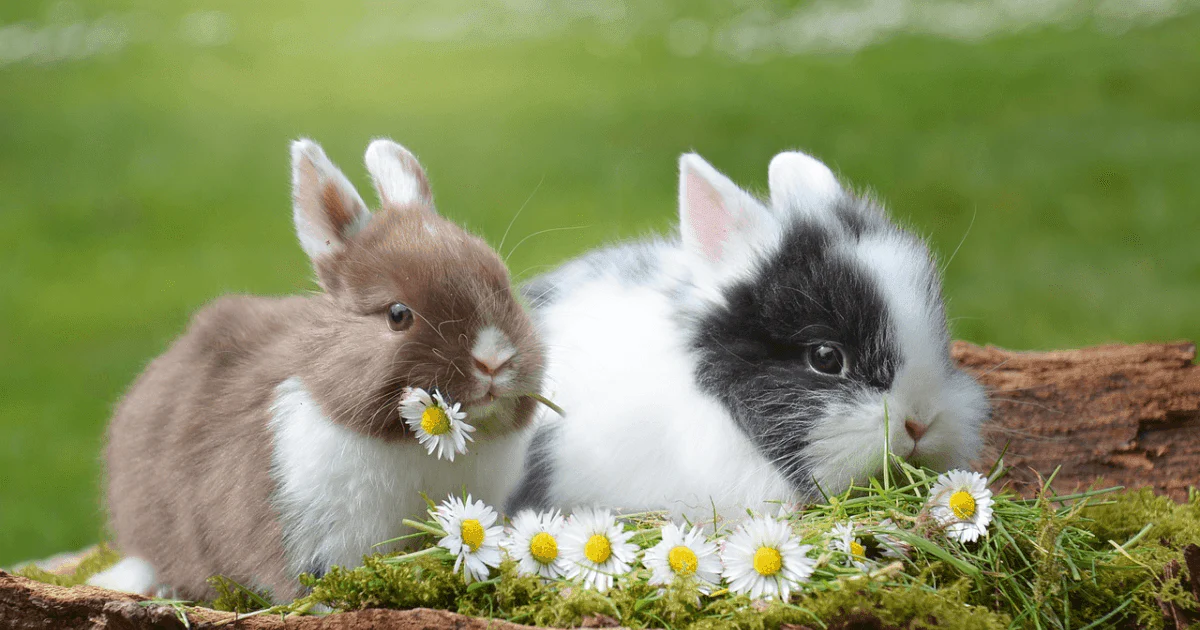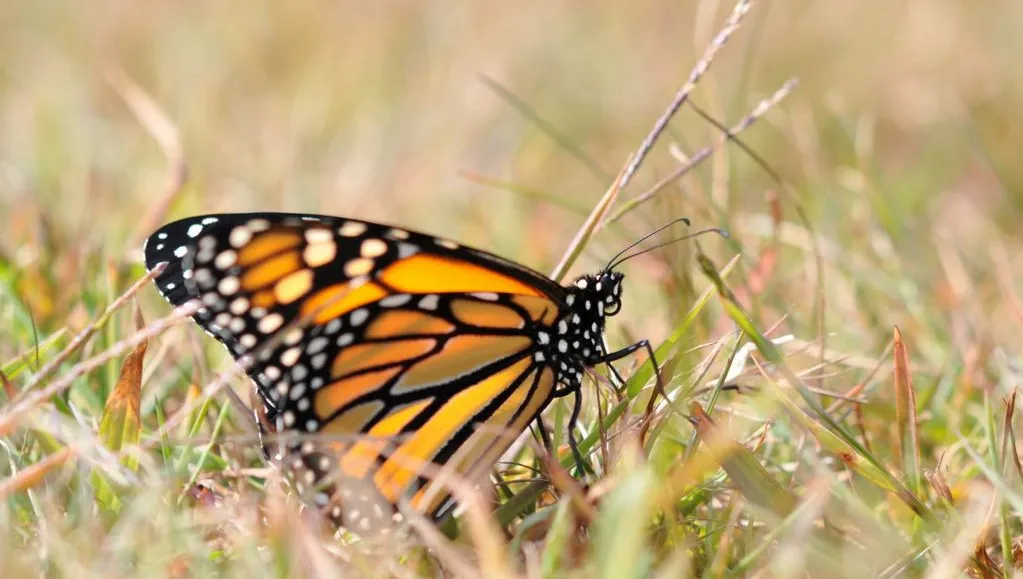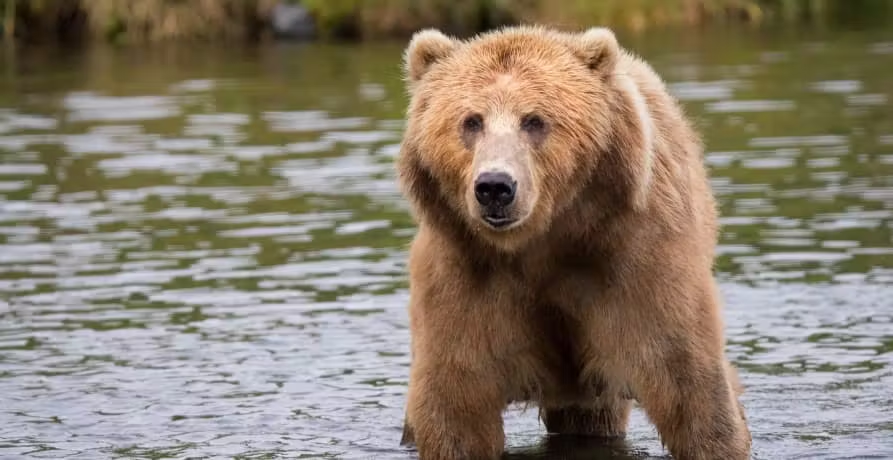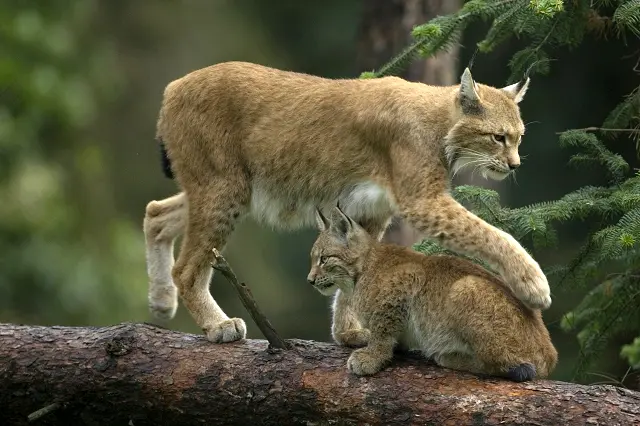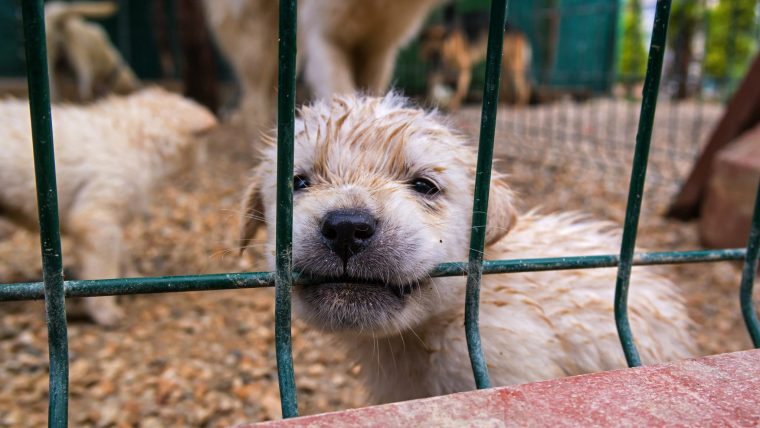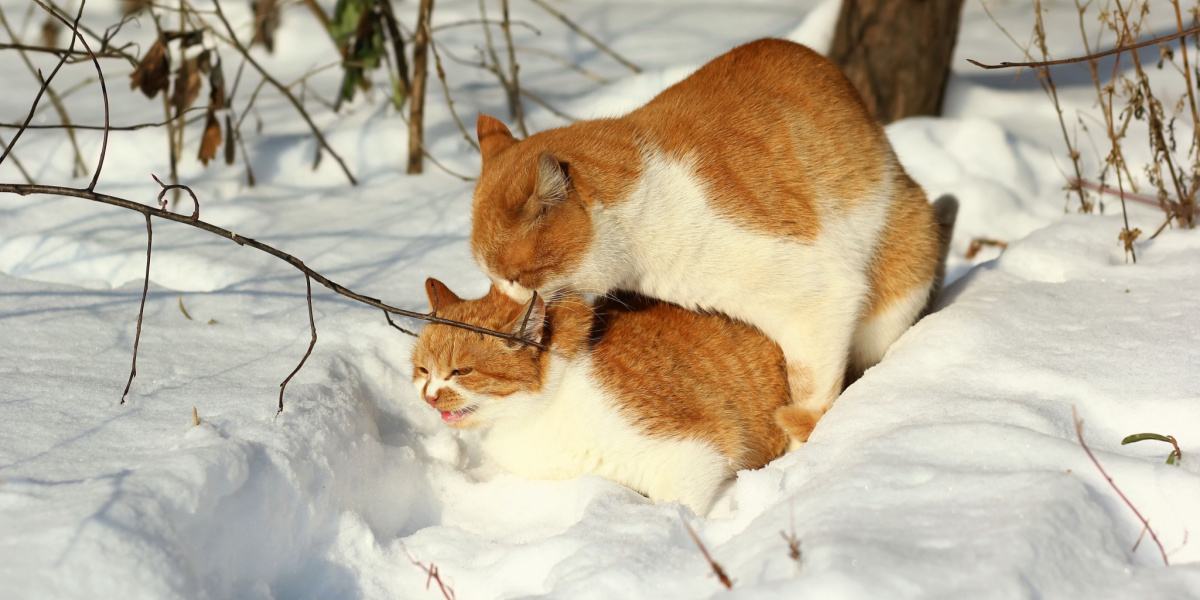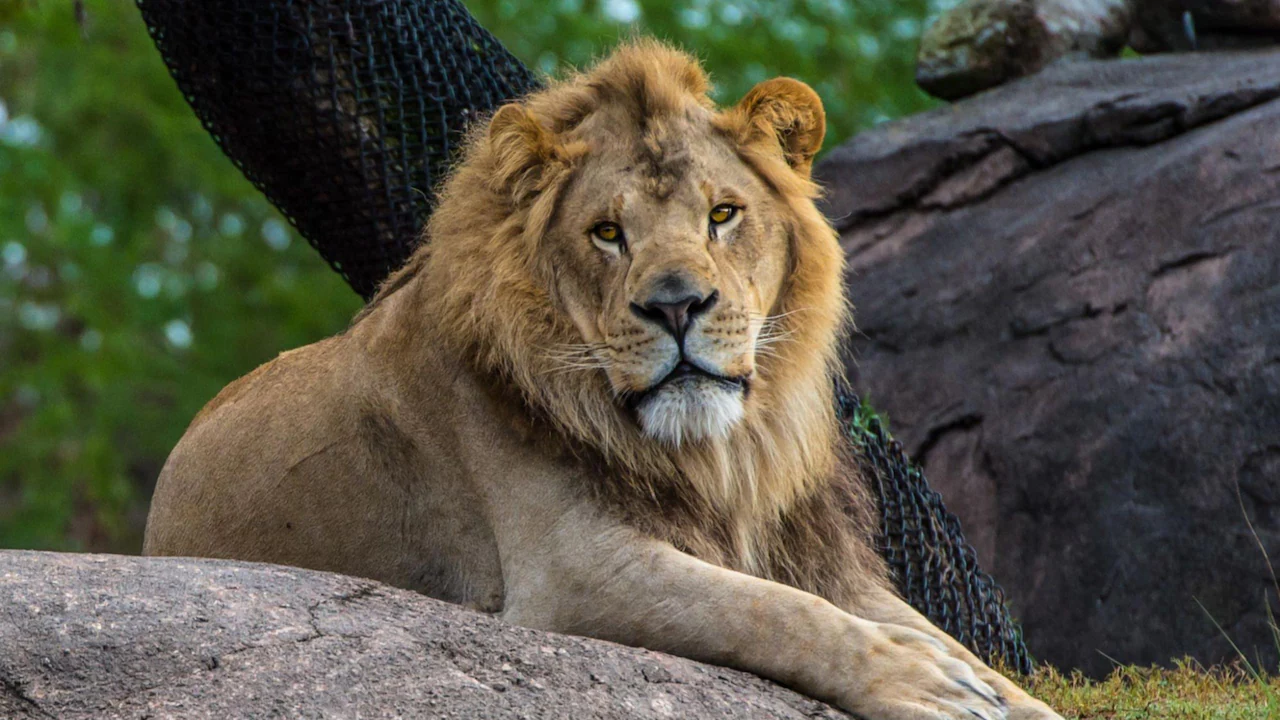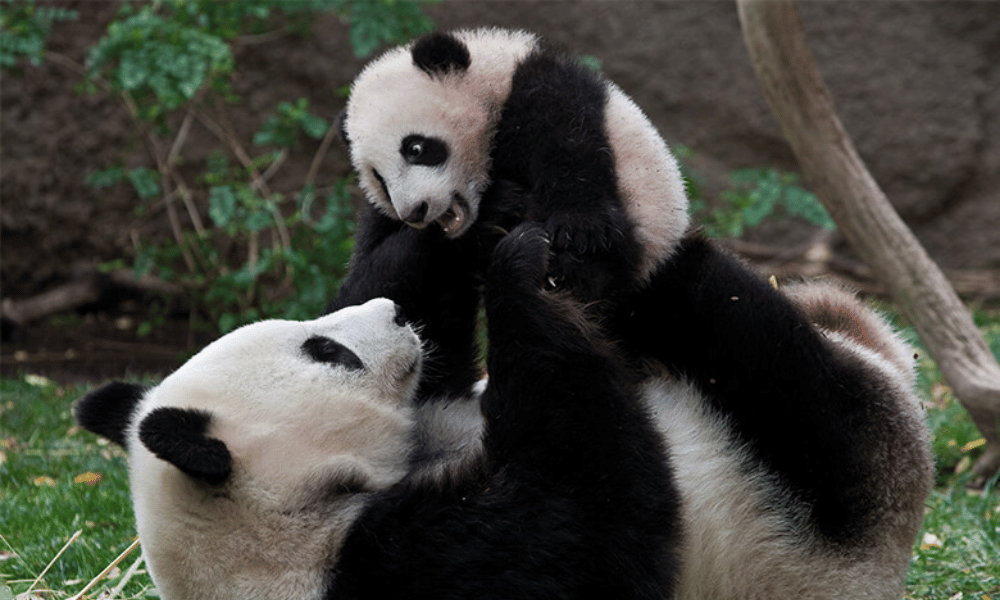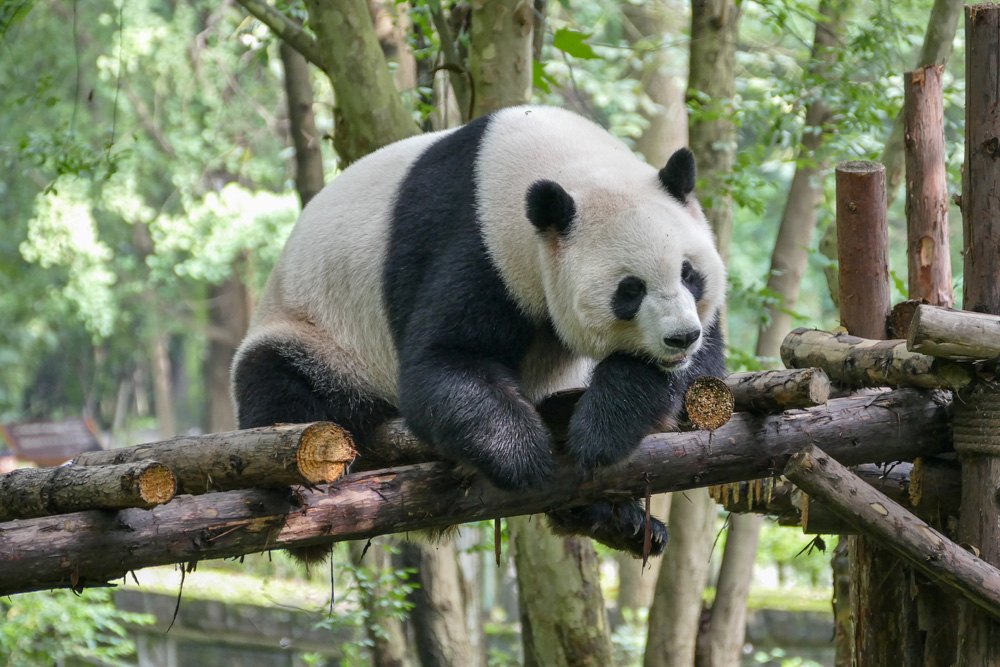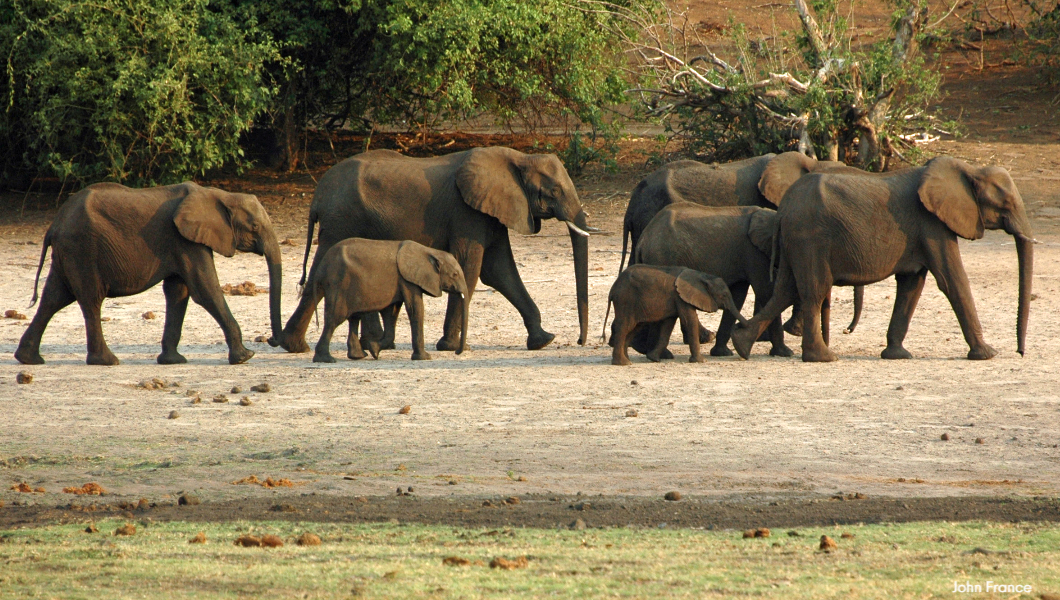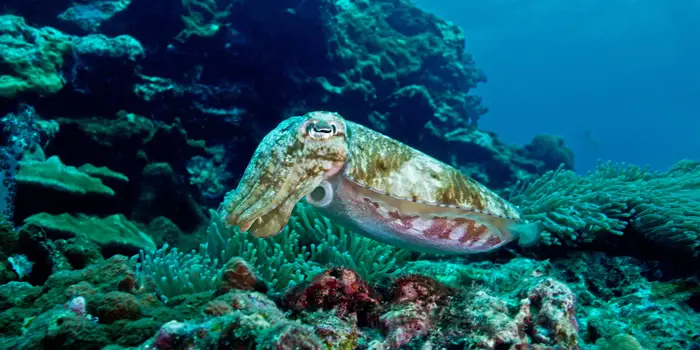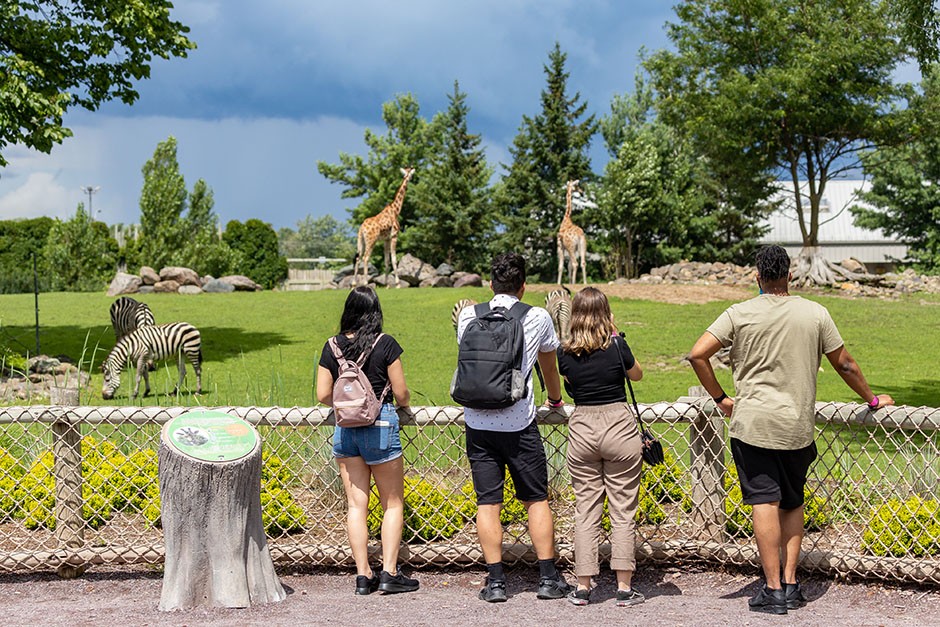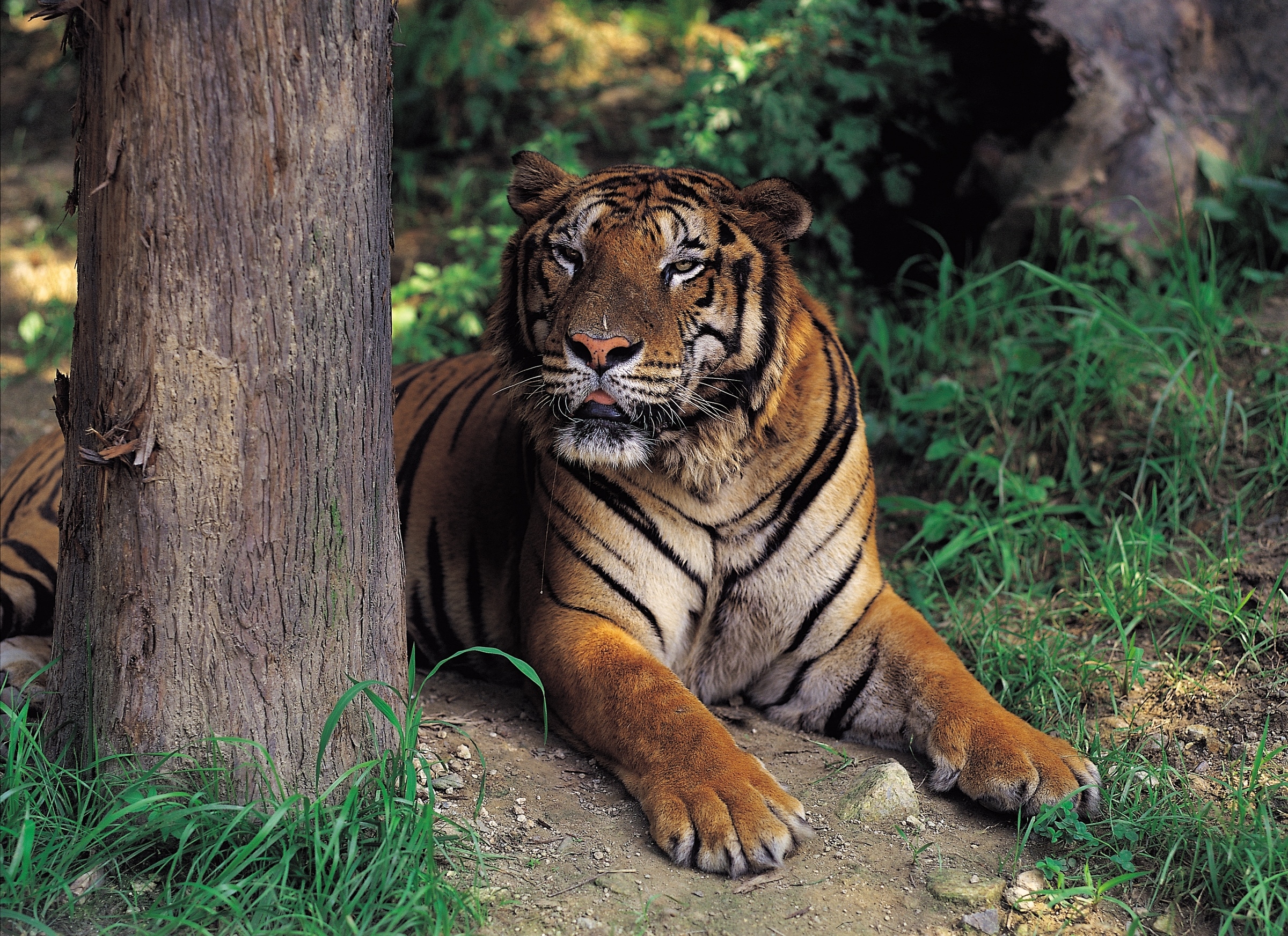Last summer, I stood in a Costa Rican rainforest, eyes locked on a resplendent quetzal, its emerald feathers glinting like a jewel. My guide whispered that this bird, once on the brink, thrives today thanks to conservation efforts. That moment hit me hard—zoology isn’t just about studying animals; it’s about fighting for their survival in a world where extinction looms large. In this guide, we’ll unpack the essentials of conservation and extinction in a way that’s quick to grasp yet deep enough to inspire action, blending real stories, expert insights, and practical steps for 2025.
What Is Conservation in Zoology?
Conservation in zoology is the science and practice of protecting animal species and their habitats to ensure their survival. It’s about balancing human needs with nature’s rhythms, from saving rhinos to restoring wetlands. Think of it as a lifeline for creatures facing human-driven threats.
Why Conservation Matters
Every species plays a role in its ecosystem—like bees pollinating crops or wolves controlling deer populations. Losing one can unravel food webs, as I learned watching a documentary on coral reef collapse. Conservation keeps these systems intact, benefiting both wildlife and us.
Key Strategies in Conservation
From breeding programs to habitat restoration, conservation is hands-on. It’s not just scientists in labs; it’s communities, governments, and everyday people like me volunteering at a turtle hatchery. These efforts are critical to reversing extinction trends.
Understanding Extinction: The Basics
Extinction occurs when a species vanishes forever, like the dodo or passenger pigeon. It’s a natural process, but human activities have accelerated it 100–1,000 times beyond normal rates. Today, zoologists race to understand and slow this crisis.
Natural vs. Human-Driven Extinction
Natural extinction happens over millennia, like dinosaurs fading after an asteroid hit. Human-driven extinction, though, is faster—think deforestation wiping out orangutans. I felt this loss hiking in Borneo, where empty forests hinted at missing primates.
The Extinction Crisis in Numbers
The IUCN Red List reports over 44,000 species threatened in 2025, with 25% of mammals at risk. That’s millions of years of evolution on the line. These stats aren’t just numbers; they’re a call to action for every nature lover.
Major Threats to Animal Species
Species face a gauntlet of dangers, mostly tied to human actions. Understanding these threats helps zoologists—and us—target solutions effectively.
- Habitat Loss: Deforestation and urban sprawl destroy homes, like the Amazon’s shrinking jungles.
- Climate Change: Rising temperatures disrupt migration, as seen with Arctic polar bears.
- Poaching and Illegal Trade: Rhinos and pangolins suffer from black-market demand.
- Invasive Species: Non-native species, like rats on islands, devastate local wildlife.
- Pollution: Plastic and chemicals harm marine life, from turtles to whales.
Habitat Loss: The Biggest Culprit
Logging and farming clear millions of acres yearly, leaving animals like the saola homeless. I saw cleared patches in Indonesia—once vibrant, now silent. Protecting habitats is job one for conservationists.
Climate Change’s Ripple Effect
Warming oceans bleach corals, killing fish habitats. On a dive in the Great Barrier Reef, I saw ghostly white corals—a stark reminder of climate’s toll. Zoologists push for carbon cuts to slow this damage.
Conservation Success Stories
Despite the gloom, zoology has racked up wins. These stories show what’s possible when science, passion, and policy align.
The Comeback of the Black Rhino
Once nearly extinct, black rhinos in Africa now number over 6,000 thanks to anti-poaching patrols and breeding programs. Visiting Namibia’s Etosha National Park, I saw their recovery firsthand—a triumph of grit.
Saving the California Condor
With only 22 condors left in the 1980s, captive breeding brought their numbers to 560 by 2025. A ranger’s tale of releasing one in California moved me—freedom in every wingbeat. Zoologists’ persistence paid off.
Coral Reef Restoration
In places like Indonesia, artificial reefs and coral gardening revive marine ecosystems. I snorkeled over a restored reef, buzzing with fish, proof that small actions scale up. These projects need our support.
Tools and Technologies in Conservation
Zoology leans on cutting-edge tools to track and protect species. These innovations make conservation smarter and more effective.
- Camera Traps: Capture images of elusive animals like snow leopards.
- Drones: Monitor deforestation or poaching in remote areas.
- Genetic Analysis: Tracks population health and prevents inbreeding.
- GPS Tagging: Follows migration, like albatrosses across oceans.
- AI Modeling: Predicts extinction risks and climate impacts.
Drones: Eyes in the Sky
Drones spot illegal logging in the Amazon, saving jaguar habitats. I watched one hum over a reserve, mapping threats in real-time. They’re affordable—starting at $500—and game-changers for rangers.
Genetic Rescue for Survival
By analyzing DNA, zoologists boost genetic diversity in small populations, like Florida panthers. This science feels like a superpower, ensuring species don’t fade from inbreeding. It’s a quiet but vital win.
Where to Learn About Conservation
Want to dive deeper? Plenty of resources and organizations offer knowledge and ways to get involved.
Top Organizations to Follow
- IUCN: Tracks threatened species via the Red List (iucnredlist.org).
- WWF: Leads global conservation (worldwildlife.org).
- ZSL: Runs breeding programs and research (zsl.org).
- Conservation International: Focuses on biodiversity hotspots.
Best Online Courses and Apps
| Resource | Type | Cost | Best For | Link |
|---|---|---|---|---|
| Coursera: Conservation Biology | Course | $49/month | Beginners | coursera.org |
| edX: Wildlife Ecology | Course | Free-$150 | Students | edx.org |
| WWF Together App | App | Free | Interactive learning | worldwildlife.org |
| iNaturalist | App | Free | Species tracking | inaturalist.org |
These tools make learning accessible, whether you’re a student or a curious hiker like me.
Pros and Cons of Conservation Approaches
Conservation isn’t one-size-fits-all. Here’s a look at two main strategies and their trade-offs.
Pros and Cons of In-Situ Conservation
Pros:
- Preserves natural habitats, like national parks for tigers.
- Supports entire ecosystems, not just one species.
- Boosts eco-tourism, funding local communities.
Cons:
- Expensive to maintain protected areas.
- Conflicts with human development, like farming.
- Hard to enforce in remote regions.
Pros and Cons of Ex-Situ Conservation
Pros:
- Saves species from immediate extinction, like condors.
- Controlled breeding prevents genetic issues.
- Educates public via zoos and sanctuaries.
Cons:
- High costs—think $1M+ for breeding programs.
- Animals may struggle if reintroduced to the wild.
- Limited space restricts population size.
People Also Ask
Here are real Google questions about conservation and extinction, answered clearly.
What is conservation in zoology?
It’s the protection of animal species and habitats through science, policy, and action. Think breeding programs or banning poaching to save rhinos. It’s about keeping ecosystems thriving.
Why are animals going extinct?
Human activities like deforestation, poaching, and climate change drive extinction. For example, 60% of primate species face habitat loss. Natural factors play a smaller role today.
How can we prevent extinction?
Protect habitats, enforce anti-poaching laws, and support breeding programs. Individuals can help by donating to WWF or using apps like iNaturalist to report species.
What are some conservation success stories?
The black rhino, California condor, and Arabian oryx have rebounded thanks to zoology. Captive breeding and habitat protection turned near-extinction into hope.
FAQ
How can I support conservation efforts?
Donate to trusted groups like WWF or volunteer at local reserves. Apps like Ecosia plant trees with your searches. Every small action counts.
What’s the difference between endangered and extinct?
Endangered means a species is at risk but still exists, like pandas. Extinct means gone forever, like the dodo. Conservation aims to keep endangered species alive.
Are zoos good for conservation?
Some zoos fund breeding and research, like ZSL’s programs. Others prioritize profit over welfare. Choose AZA-accredited zoos for ethical impact.
Where can I study zoology and conservation?
Online platforms like Coursera or universities like Oxford offer courses. Start with free resources like WWF’s app for practical knowledge.
What’s the best tool for tracking wildlife?
Camera traps ($200–$500) and apps like iNaturalist are top picks. They help zoologists and citizens monitor species, aiding conservation efforts.
Conclusion
That quetzal in Costa Rica wasn’t just a bird—it was a reminder of what zoology fights for. Conservation battles extinction with science, grit, and hope, from saving rhinos to restoring reefs. In 2025, you can join the fight—learn, donate, or visit a reserve. Let’s keep the planet buzzing with life, one species at a time. (Word count: 2,652)
